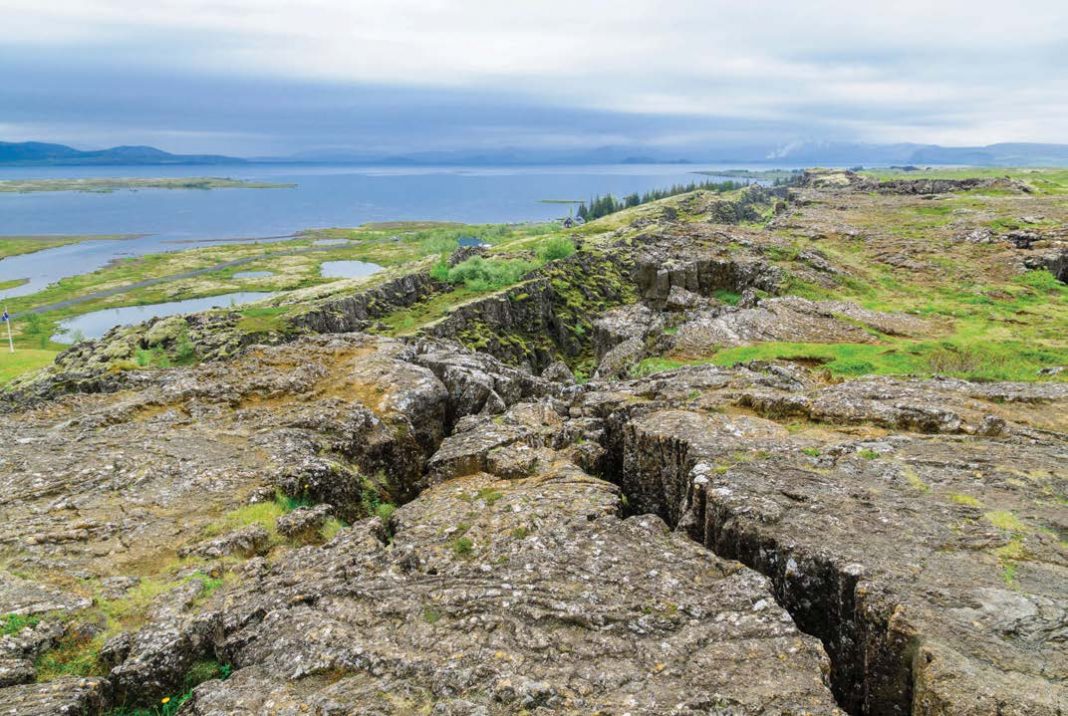In Genesis 1:9 God commands, “Let the water under the sky be gathered to one place, and let dry ground appear” (NIV). If the water was in “one place,” it would make sense that the land likely was in “one place.” It is then very probable that there was originally one major supercontinent, like Pangea or Rodinia, that existed before the Flood.
What happened to that supercontinent? The Flood of Noah’s day! Genesis 7:11–12 states, “On that day all the springs of the great deep burst forth, and the floodgates of the heavens were opened” (NIV). The “springs of the great deep” refers to subterranean water, water underneath the surface of the earth. This is not weird— we find some of that today. And the Hebrew verb for “burst
forth” is used in a couple of other places,1 and in each case, it describes the ground of the earth cracking open and moving
violently.
So, during the Flood, all over the world, the earth’s continental crust was catastrophically broken open and rapidly moving. Today, when the earth’s crust moves just a little, there are earthquakes, tsunamis, and volcanic activity. If that’s what happens when the crust moves just a bit, what would happen if the crust of the earth was broken open all over the globe and moved dramatically? There would be earthquakes, tsunamis, and volcanic activity on an incomprehensible scale.
It would be enough to destroy the world, part of the purpose of the Flood (Genesis 6:13). Essentially, the Genesis Flood caused “continental sprint” as opposed to the modern idea of slow and gradual “continental drift.” And as it turns out, to move a tectonic plate, a catastrophic process is required. Long, slow, gradual processes simply do not produce enough energy or the right conditions to move a tectonic plate, no matter how much time you give them.
 Loading Page...
Loading Page...



